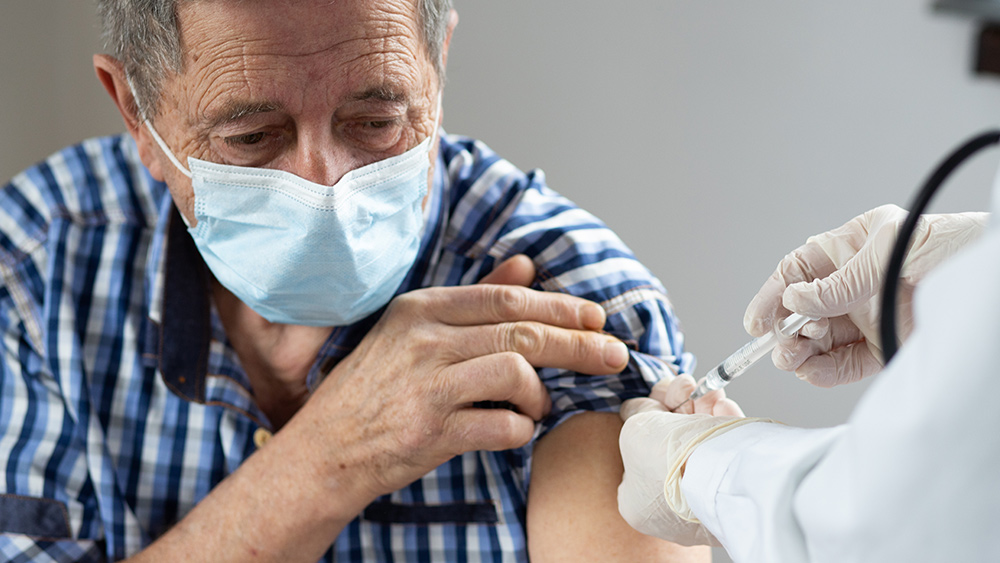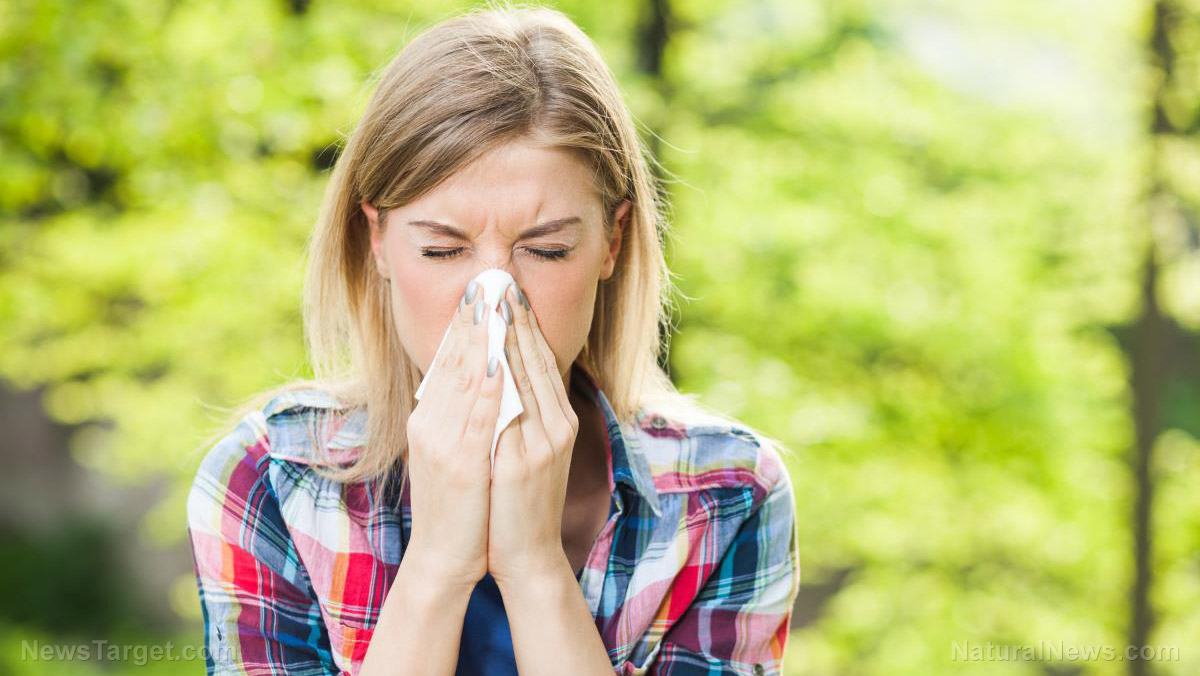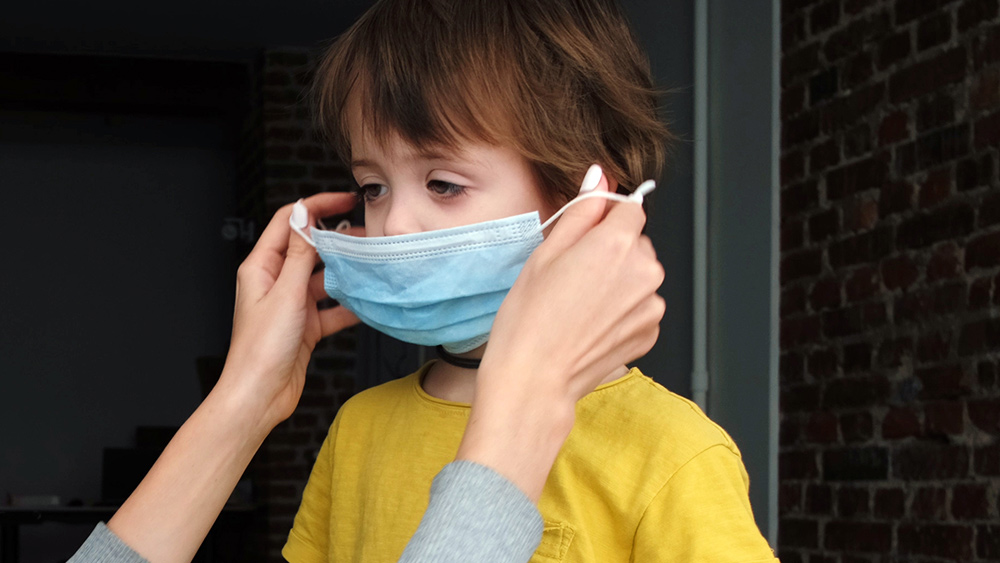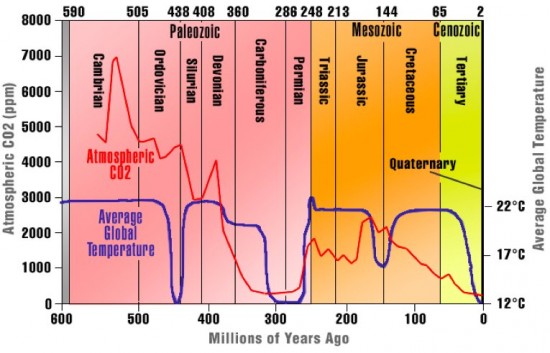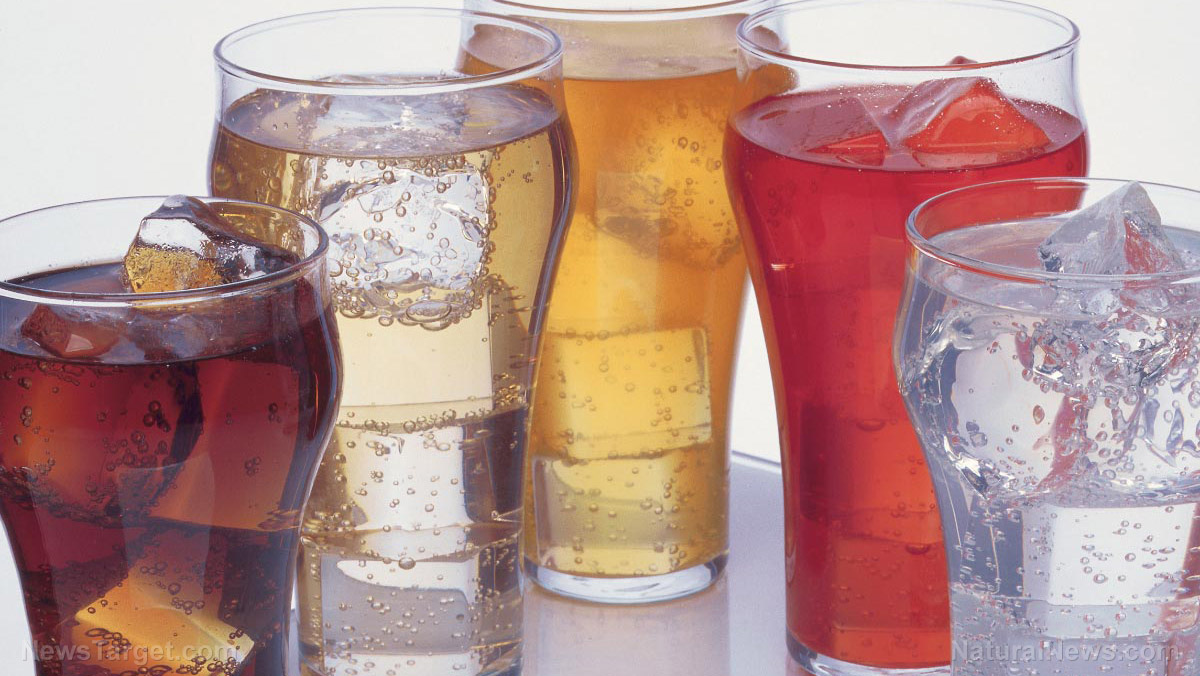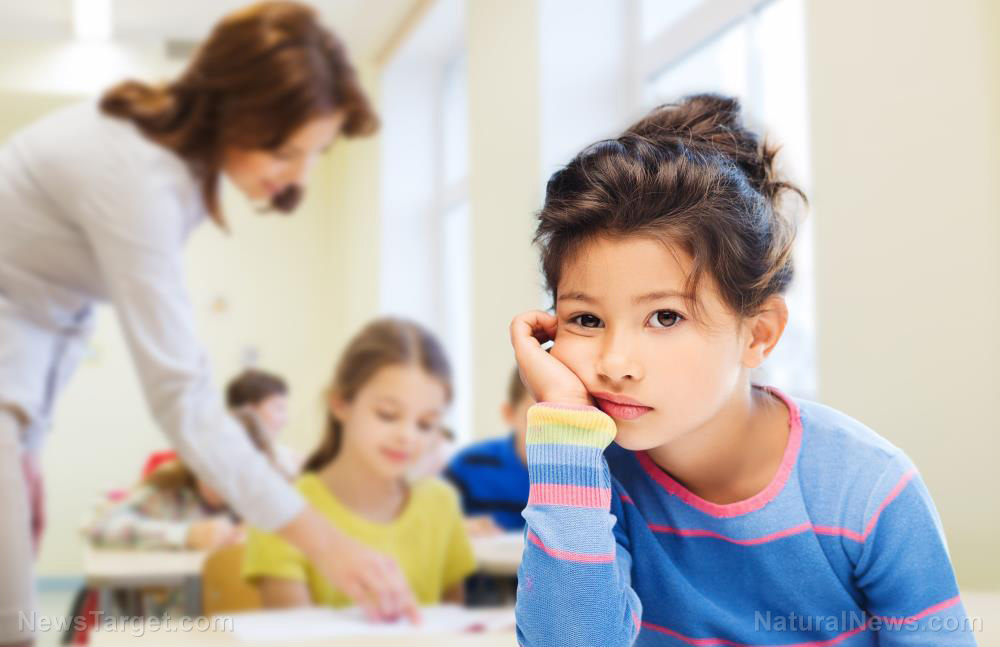
Are masks making a bad situation worse?
Of course, this study was carried out before mask mandates. These days, many schools are requiring children to wear masks all day because of COVID-19, which only makes it even harder for them to breathe. Moreover, scientists have discovered that some of the face masks being used by the general public, children included, contain environmental pollutants, carcinogens and other toxic chemicals such as formaldehyde and aniline. Perfluorocarbons are also being found in masks. Experts say they are used as fluid repellents as the chemicals can repel viruses. Although PFC concentrations in masks are within safe limits on the surface, wearing the masks for extended periods – as kids do in school – is enough for exposure to surpass safe limits over time.Even the EPA is concerned
According to the EPA, indoor air problems can be subtle and will not always have immediately obvious impacts on health. Symptoms of exposure can include shortness of breath, sneezing, coughing, nausea, headaches and irritation to the nose, throat, eyes and skin. Students with asthma, allergies, chemical sensitivities, suppressed immune systems and respiratory diseases may be more vulnerable. In addition, because children’s bodies are still developing, it may make them even more susceptible as they breathe more air in proportion to their body weights than adults do. If your child has health complaints associated with particular times of the day or week and other students have similar complaints or their problems only occur when they are in school, it is time to contact school officials and teachers to request that air filters be installed in classrooms. School-aged children spend a significant amount of time inside school buildings, so ensuring high-quality classroom air is essential. Sources for this article include: NaturalHealth365.com NaturalNews.com DailyMail.co.uk EPA.gov EPA.govEight Mainers died from covid despite being fully “vaccinated”
By Ethan Huff // Share
By Lance D Johnson // Share
The common cold can protect people against coronavirus, study finds
By Arsenio Toledo // Share
Scientists spot rare owl species not seen since 1892
By Divina Ramirez // Share
STUDY: Masks are exposing children to a horrifying array of deadly pathogens
By Ethan Huff // Share
California fog traps pollution, sparking health concerns
By willowt // Share
Syrian migrant threatens nightclub in Germany with AK-47 after being turned away
By ramontomeydw // Share
Climate science under scrutiny: Study challenges validity of global temperature metrics
By bellecarter // Share
The censorship of mask science: How evidence against mask efficacy is being purged
By patricklewis // Share
Study: Sugary drinks cause more Type 2 diabetes than sugary foods
By avagrace // Share
